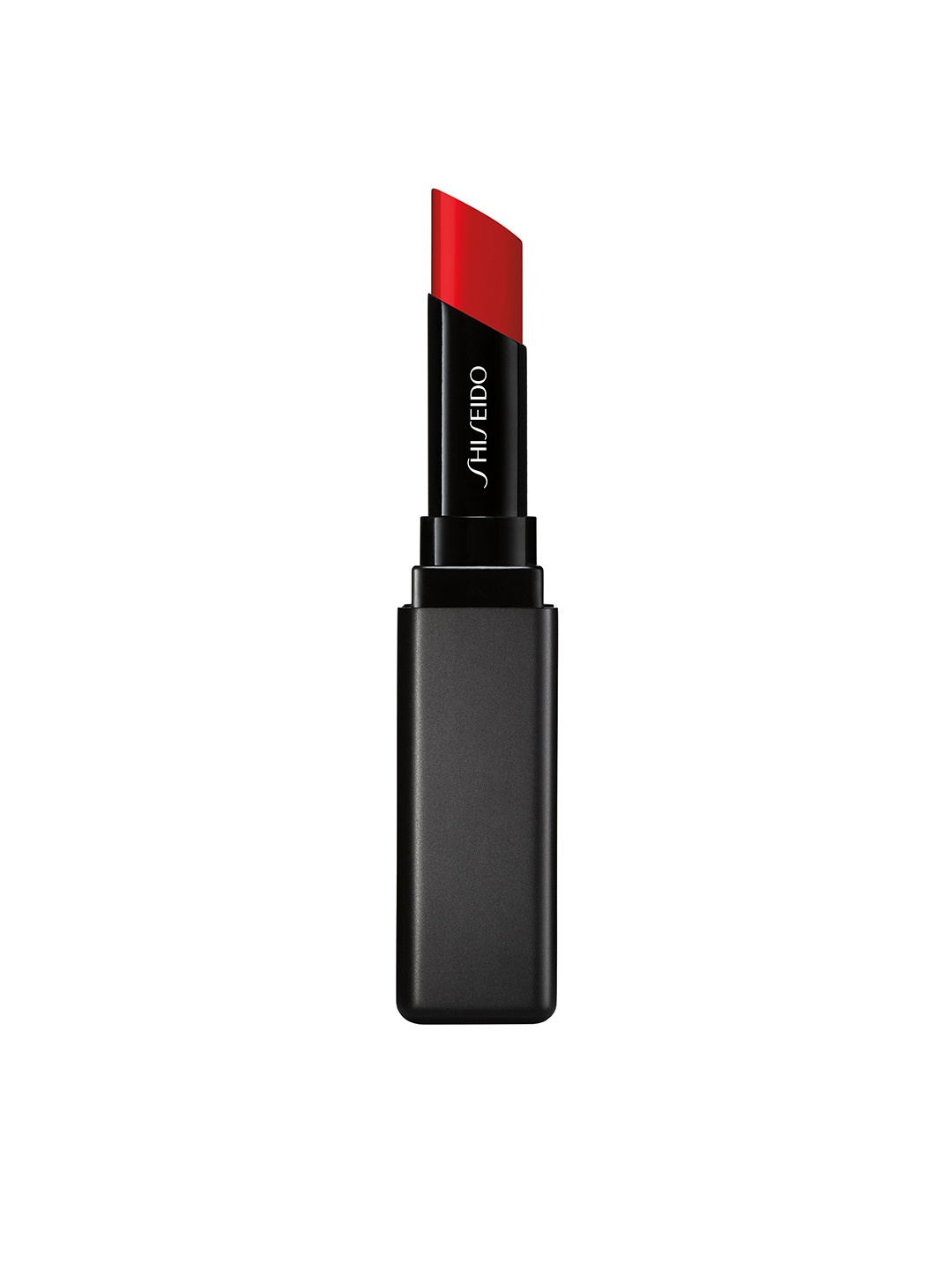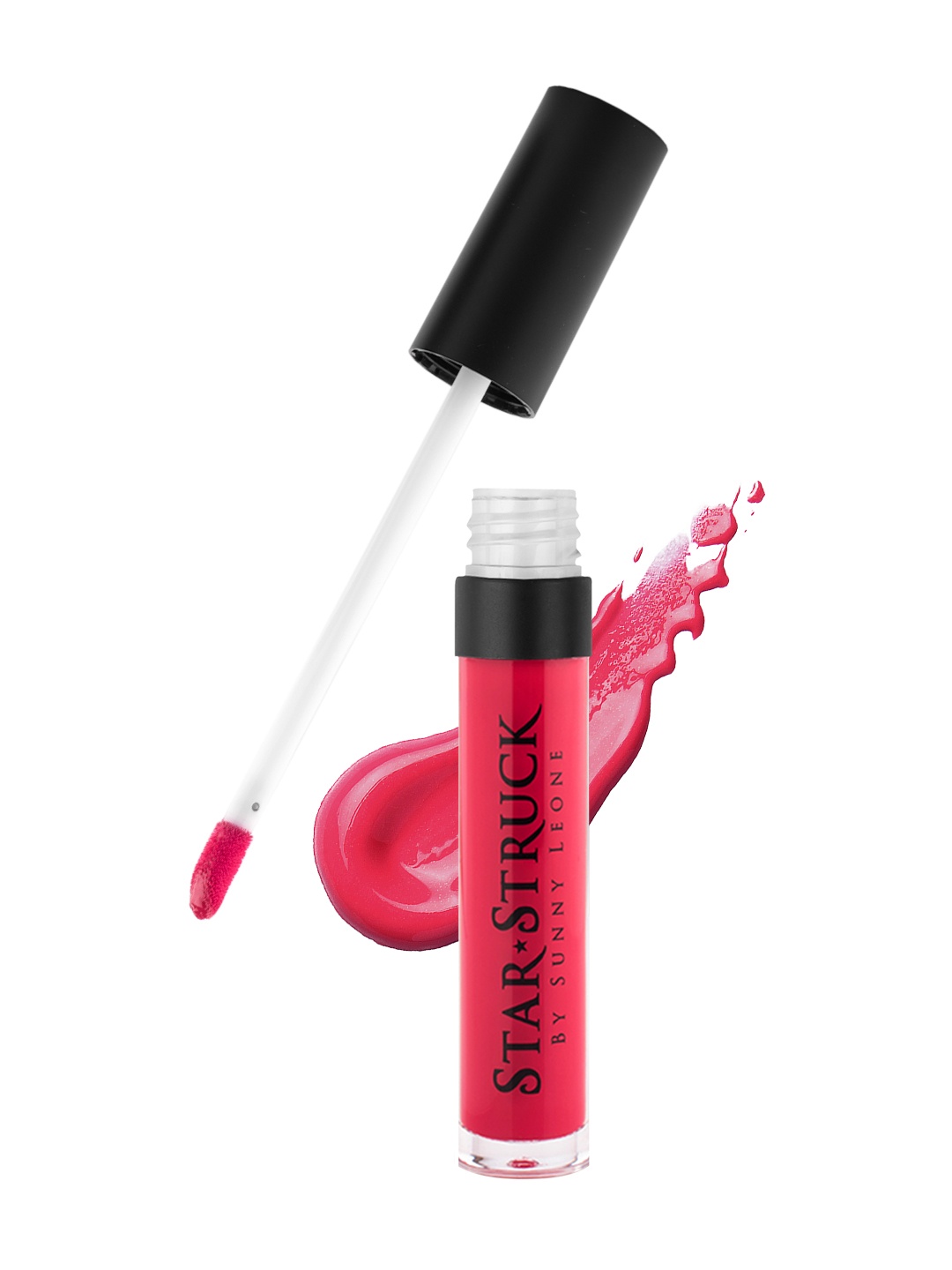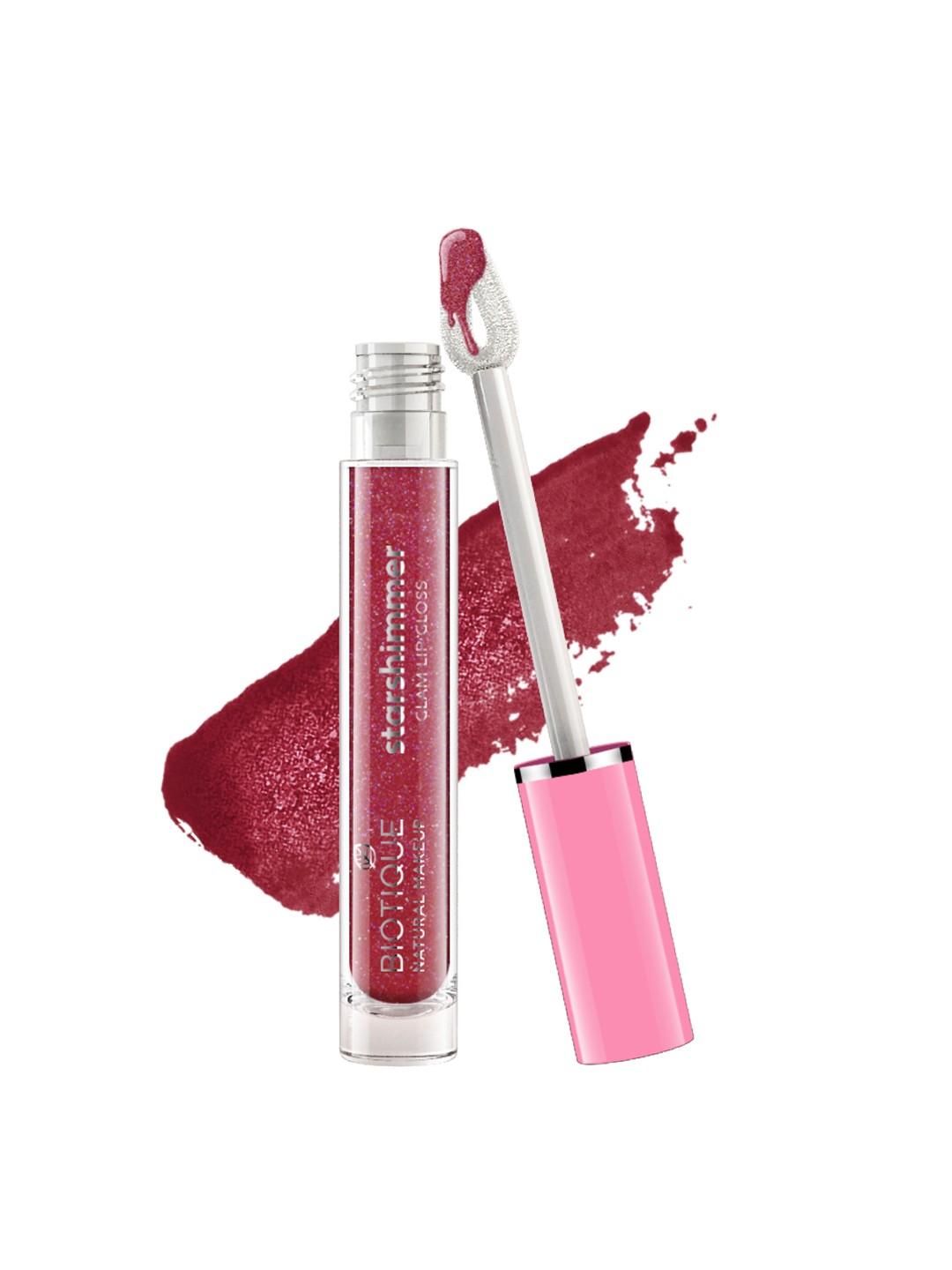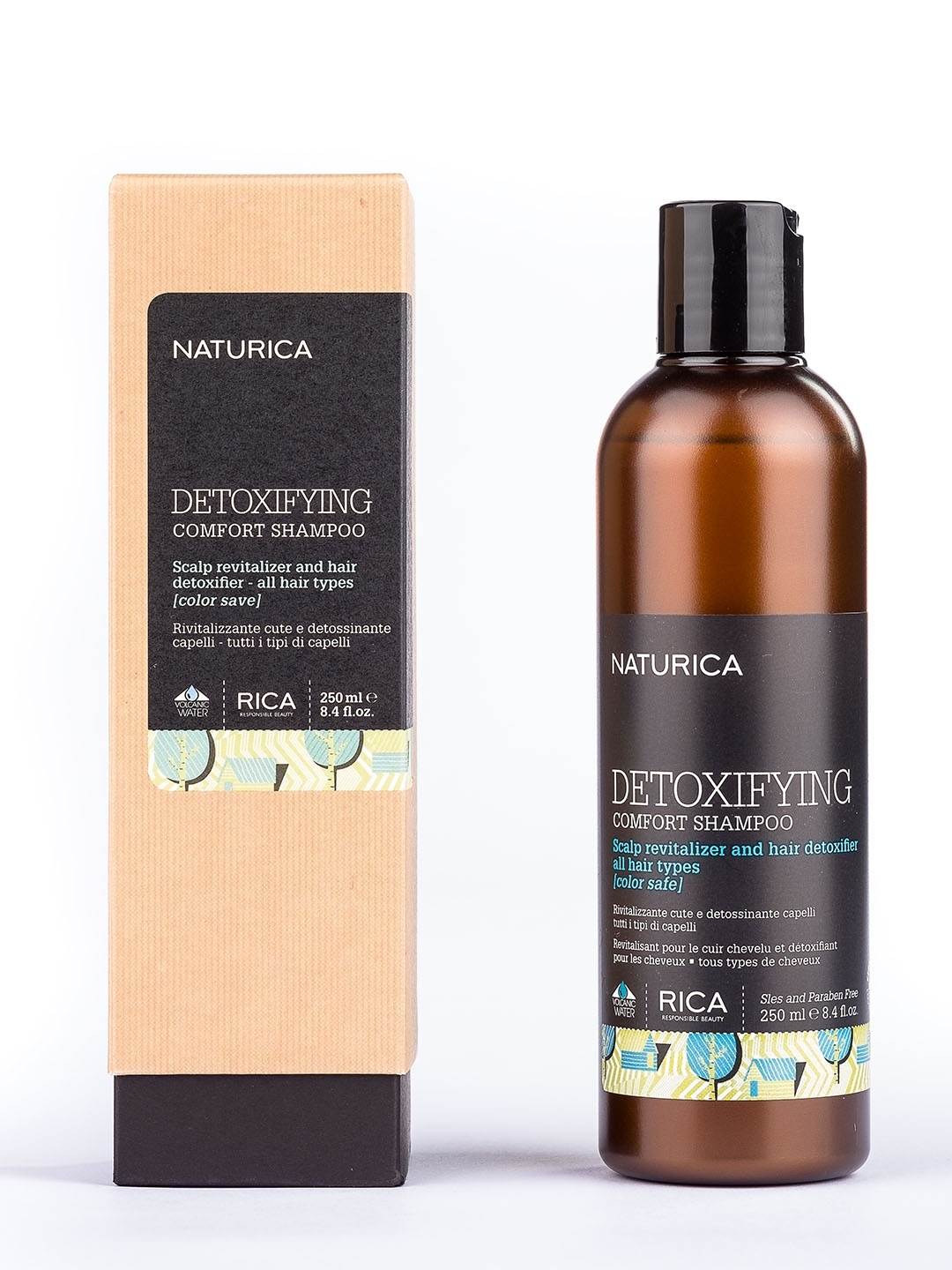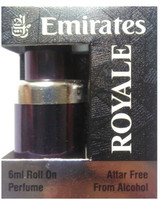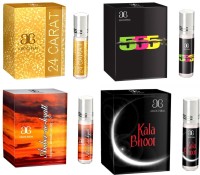Breaking Out After Korean Skincare? Here's How to Fix Your 10-Step Routine
Love the idea of glass skin, but waking up with surprise breakouts? So, if you are breaking out after Korean skincare, here is how to fix the 10-step routine so that it works for your skin. Let us talk glow, not gloom.
How To Follow A 10-Step Korean Routine Without Overdoing It. Don't End Up In Breakout City!
The K-beauty wave has hit hard, from sheet masks to snail mucin, the allure of flawless, dewy skin is hard to resist. Instagram is flooded with shelves stacked with pastel-toned skincare bottles, and influencers swear by the 10-step Korean routine like it's the gospel of glowing skin. But amid the buzz, a harsh reality is setting in: skin irritation, clogged pores, and those pesky surprise breakouts that weren't part of the plan.
What went wrong? Is more always better? Or is the secret to great skin a little more nuanced than layering serums like cake frosting? The truth is, while the 10-step routine offers a well-thought-out skincare philosophy, blindly following it without understanding your skin's needs can do more harm than good.
Let's break down this routine step-by-step, not to ditch it, but to do it right. So, if you are breaking out after Korean skincare, here is how to fix the 10-step routine so that it works for your skin and not against it.

After trying Korean skincare, if you're experiencing breakouts, this guide will show you how to fix your routine; Photo Credit: Pexels
1. Oil Cleanser: Not Every Day is a Full Makeup Day
Oil cleansing is a gentle, effective way to remove sunscreen, makeup, and the grime that builds up throughout the day. But here's the catch: if your face is bare by sundown, using oil cleanser daily might be overkill. Over-cleansing can strip the skin, triggering it to produce more oil, which ironically leads to breakouts, the exact opposite of that poreless K-drama look.
Instead, treat oil cleansing like a reset button after a long, dusty commute, a wedding function, or an evening with full-face makeup. On regular days, a mild water-based cleanser alone might just do the trick. A ₹800 bottle of cleansing oil shouldn't become a nightly ritual unless your skin truly needs it.
2. Water-Based Cleanser: Keep It Gentle, Always
The second cleanse is meant to wash away any leftover residue, but not your skin barrier. The mistake? Picking cleansers that foam like a detergent ad. The thrill of squeaky-clean skin often ends in dryness, tightness, and worse, mini eruptions around the mouth or cheeks.
Look for sulphate-free formulas with hydrating ingredients like glycerin or green tea. Avoid harsh scrubbing motions; your face isn't a steel plate. In the humidity and pollution of metro cities, it's tempting to scrub the day away, but remember, a cleanser's job is to clean, not exfoliate.
3. Exfoliator: Not a Daily Devotion
Exfoliating can feel oddly satisfying. The promise of baby-soft skin, the thrill of scrubbing off dead cells, it's addictive. But when scrubbing becomes a habit, it starts to backfire. Think angry red bumps, skin peeling around the nose, or breakouts that won't quit.
A better approach? Stick to exfoliating 1-2 times a week. Use chemical exfoliants (like AHAs or BHAs) rather than walnut scrubs that can be harsher than an aunty's honesty. Products like salicylic acid work beautifully in humid conditions, helping with oil control and blackheads. Just don't mix them with other active ingredients unless your skin is a seasoned pro.
Also Read: Moisturisers Failing During Monsoons? Check The Role Of Humectants
4. Toner: Hydration, Not Just A Cool Splash
Gone are the days when toners meant alcohol-laden liquids that stung like heartbreak. Today's toners focus on hydration, and rightly so. But pouring toner on a cotton pad and wiping like you're cleaning a spill? That's old school.
Pat it in gently using your palms. Think of it as the first drink of water your skin gets post-cleansing. Hydrating toners with ingredients like rice water, centella asiatica, or hyaluronic acid are perfect for hot weather and post-pollution recovery. But if breakouts are flaring up, avoid toners with added fragrance, they're not your skin's BFF.
5. Essence: The Step You Didn't Know You Needed
Essences are the heart of the Korean routine, a step between toner and serum, light yet powerful. Think of them as a whisper of hydration rather than a heavy statement. For many, skipping this feels fine. But if your skin's constantly dehydrated, not just dry, an essence can change the game.
Especially in climates where ACs and fans are always on, your skin can become parched without looking it. A watery essence with fermented ingredients or niacinamide can brighten and plump without overwhelming the skin. Start slow, 2-3 drops, 3-4 nights a week. Watch your skin, not trends.
6. Serum: Targeted, Thoughtful, Not Trendy
This is where skincare starts to get personal. Serums are potent; they're designed to tackle specific issues, acne, pigmentation, dullness. The mistake? Layering too many because an Instagram reel said so. Mixing actives like retinol, vitamin C, and acids can lead to chemical warfare, and your skin pays the price.
If breakouts are your concern, start with niacinamide or centella serums. They soothe, balance oil, and calm inflammation. Don't chase the “brightening” tag blindly, some brightening serums contain actives that may irritate sensitive skin. Stick to one serum at a time. ₹1,200 well spent on a serum that works is better than ₹3,000 on a cocktail that causes chaos.

After trying Korean skincare, if you're experiencing breakouts, this guide will show you how to fix your routine; Photo Credit: Pexels
7. Sheet Masks: Treat, Don't Depend
Ah, the sheet mask, cool, hydrating, and perfect for a selfie. They're the instant gratification of skincare, giving a dewy glow in 20 minutes. But here's the deal, they're treats, not staples. Masking every day can confuse your skin, especially if each mask has different actives.
Use them before events, after sun exposure, or on lazy Sundays. Look for masks with calming ingredients like aloe, honey, or green tea. Avoid anything heavily perfumed. And please, massage the extra serum, don't wash it off, and definitely don't save it for next time (yes, people do that).
8. Eye Cream: Gentle Touch, Big Impact
The skin around the eyes is delicate, thinner than the rest of your face and quick to show signs of stress, fatigue, and that third cup of chai at midnight. A good eye cream hydrates, reduces puffiness, and helps with early signs of ageing. But rubbing it in like moisturiser? Big no.
Use your ring finger, dab gently, and avoid getting too close to the lash line. In a country where dark circles are blamed on everything from phones to poor sleep (often both), eye creams with caffeine, peptides, or ceramides can make a visible difference. Just manage expectations, it's not magic, it's maintenance.
9. Moisturiser: The Unsung Hero
Some skip moisturiser thinking oily skin doesn't need it. Others lather on thick creams in the hope of waking up with glass skin. Truth? Your skin needs balance. Moisturiser seals in all previous steps and prevents water loss, especially in dry rooms or under harsh sun.
Go light in the day, maybe a gel-based one with green tea or cica. At night, choose something richer if your skin leans dry or is recovering from a breakout. Don't confuse stickiness with effectiveness, a good moisturiser should absorb well, not sit on your skin like a ₹50 coin.
10. Sunscreen: Non-Negotiable, No Matter What
If there's one step you never skip, let it be this. Sunscreen isn't just for beach days, UV damage happens even when you're indoors. Sitting by the window, walking to the local shop, or riding a two-wheeler, it all adds up. The irony? Many people blame skincare products for breakouts when it's unprotected sun exposure that's sabotaging their skin.
Choose a broad-spectrum sunscreen with SPF 50. Look for gel formulas if creams feel heavy. Reapply every few hours, especially if you're outdoors. And no, foundation with SPF isn't enough. A good sunscreen is the cheapest anti-ageing, anti-pigmentation product out there. Don't skip it, not even on cloudy days.
Products Related To This Article
1. QERINKLE Bio-Collagen Overnight Face Mask
2. Original Korean Skincare Rice Toner
3. KERATOPLUS Korean Glass Skin Facial Kit
4. Vivue Korean Glass Skin Bio-Collagen Overnight Face Mask for Women
5. The Face Shop Rice Water Bright Foaming Face Wash 100ml
6. Innisfree Volcanic BHA Pore Foaming cleanser
7. Cosrx Advanced Snail 96 Mucin Power Essence
8. SKIN1004 Madagascar Centella Asiatica Ampoule Facial Serum
The 10-step Korean routine is a thoughtful ritual, but it's not a universal rulebook. Skincare should be a celebration, not a chore or a cause for anxiety. The secret lies not in the number of steps, but in the intention behind each one. Know your skin, respect its mood swings, and treat it with patience.
Breakouts, irritation, or dullness are not failures; they're your skin's way of speaking up. Listen. Sometimes, less is more. Sometimes, skipping a step is the best thing you can do. The goal isn't to copy someone else's glow, it's to find your own rhythm. So go ahead, build your routine, just remember, your skin isn't a trend. It's yours. Shop now on Amazon.
